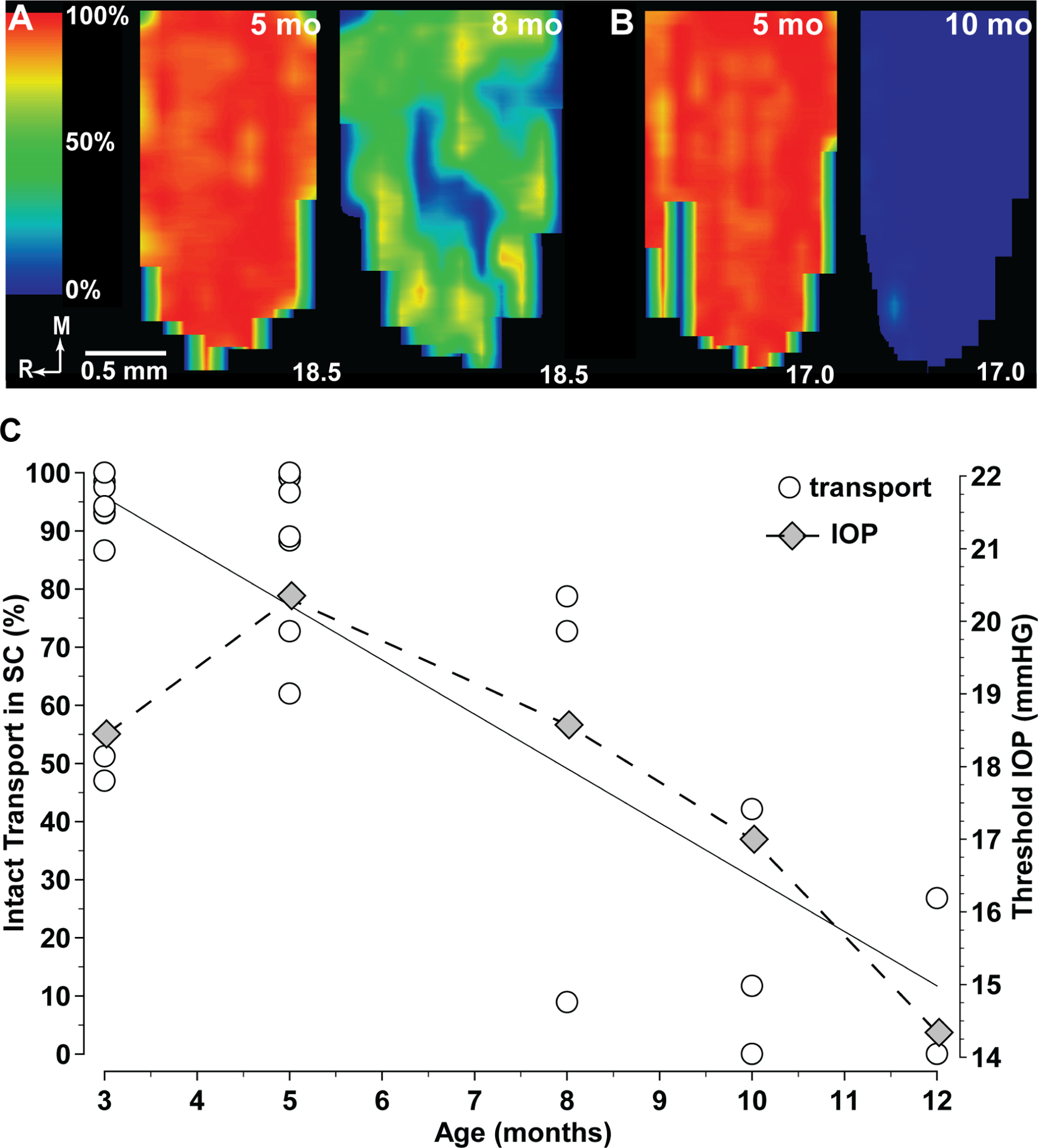Figure 4. Age is predominating determinate of anterograde axonal transport.

A. Retinotopic maps of superior colliculus (SC) from five-month (left) and eight-month (right) DBA/2J mice, each receiving retinal projections from eyes with mean lifetime IOP of 18.5 mm Hg. Maps show levels of cholera toxin B transported from the retina varying from 100% (red) to 50% (green) to 0% (blue). B. Maps of five-month (left) and 10-month (right) DBA/2J SC, with corresponding mean IOP of 17.0 mm Hg. C. Intact anterograde transport of cholera toxin b to the DBA/2J SC expressed as the fraction of the retinotopic map with ≥ 70% signal density vs. age in months (top). All SC received retinal projection from eyes with mean lifetime IOP < 20 mm Hg. Best-fitting regression shows a significant correlation (r2=0.64; p<0.001). Threshold mean lifetime IOP to induce a 50% loss of intact anterograde transport to the DBA/2J SC diminishes with age (bottom).
